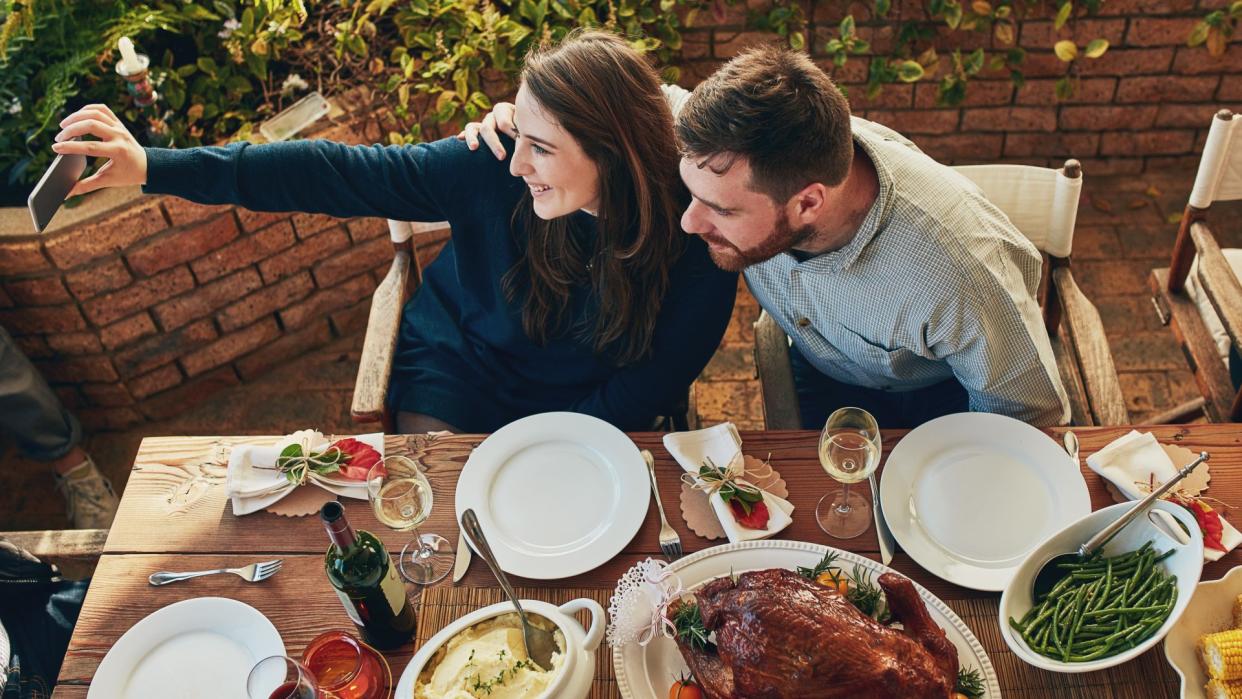How Much More Is Eating Out Actually Costing You?

By the end of 2021, the cost of eating out was rising faster than at any time since 1982 — and restaurants have only gotten more expensive since then.
Advice: Unplug These Appliances That Hike Up Your Electricity Bill
Find Out: 11 Grocery Items To Buy at Dollar Tree
See: 3 Ways Smart People Save Money When Filing Their Taxes
In the most recent Consumer Price Index report, the index for food away from home rose 8.3% over the last year. Full-service meals cost 8.2% more than 12 months ago, and the index for limited-service meals rose by 6.6%.
Those numbers seem to validate what just might be the most commonly cited piece of personal finance advice you’ll hear: Prepare your meals at home instead of eating out.
Considering that millions are struggling just to buy food at the grocery store, much less to eat out at restaurants, it’s advice that’s getting harder to ignore.
But what, exactly, does eating prepared meals outside the home cost the average person? In a lot of cases, it’s thousands of dollars a year that would be better spent elsewhere.
What’s the Real Cost of Eating Out?
“In reality, you only have to pay around $5 per meal,” said Matt Shirley, CEO of Splinter Economics. “This triples to $15 if you order it from a restaurant. Just imagine if you eat out once during weekdays.”
Sometimes, it’s the least expensive meals away from home that do the most long-term damage.
“In theory, fast food is cheap,” said Derek Sall, founder of LifeandMyFinances.com. “That’s its whole premise. However, that mindset is very incorrect; because, if we have a predisposition to believe that fast food is not costing a lot, we are more likely to buy it more often just because it is cheap. This very quickly adds up and can become a lot more expensive than eating in a restaurant once a week.”
Why Is Restaurant Food So Expensive?
According to the point-of-sale company BNG, the food industry follows a standard cost-to-menu price formula of 28% to 32%. That means restaurants charge at least double — often much more — for any given item on the menu.
The markup from wholesale is typically about 300%.
BNG gives the following example of what it costs a restaurant to make a hamburger:
Beef: $1.05
Bun: $0.52
Tomato: $0.07
Lettuce: $0.12
Onion: $0.01
Ketchup: $0.02
Mustard: $0.03
Mayonnaise: $0.04
The total cost of production is $1.86, but a burger costs $9 on the average menu. That means the typical burger has a markup of 384%. Thanks to the cost of labor, goods sold, marketing and advertising, real estate occupancy, maintenance and repairs, insurance and daily administrative costs, that kind of markup is necessary for restaurants to turn a profit — and that’s why it costs so much to go out to eat.
“Restaurants charge a 200% markup or more because of things that you don’t have to do anymore,” Shirley said. “Things like delivery, doing the grocery shopping, preparing the food, etc. The convenience of ordering food is what makes it more expensive.”
It’s an Industry Based on Upselling
Would you like to add extra cheese for $2? A large is only $3 more. Should I upgrade your sandwich to a platter?
From McDonald’s to the swankiest steakhouses, upselling is the name of the game.
“Restaurant staff are well-trained to suggest larger portions, as well as appetizers, additional drinks and desserts, and to share their menu ‘favorites’ that tend to be higher-priced,” said Karen Condor, a personal finance expert with QuoteInspector.com. “When in that environment, it can be a challenge to resist temptations.”
In most cases, it starts before you even look at the menu, just after you sit down: The eight most expensive words in the food industry are “Can I start you off with a drink?”
According to bar inventory software company Binwise, the average profit margin on drinks is 15% higher than on food — the profit margin for the most common cocktails is about 80%.
If you’re spending $9 for a hamburger that costs $1.86 to make, it’s at least as easy to pay more for a glass of wine than you would have paid for the whole bottle in a store.
The pressure continues even after the meal is done and you’re sure you can’t eat another bite.
“After a meal at the restaurant, waiters often try and convince the clients for dessert, especially if the dessert menu is a separate card,” Sall said. “People are more inclined to order more food when they take a look at the menu again, or when they are ‘offered’ the food, even if they are already full. A couple of extra bucks on dessert doesn’t seem like much; but, when you order extra food every time you eat out, $4 can very quickly become $40.”
Finally, there’s the cost of service.
“In most restaurants, it is customary to tip servers 15% to 20% of the total bill,” said Prof. Michael Collins, CFA of Endicott College in Beverly, Massachusetts. “This can add up to a significant amount of money over time, especially for those who eat out frequently.”
More From GOBankingRates
This article originally appeared on GOBankingRates.com: How Much More Is Eating Out Actually Costing You?

